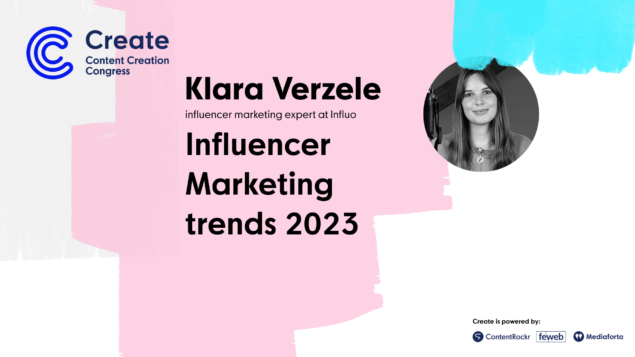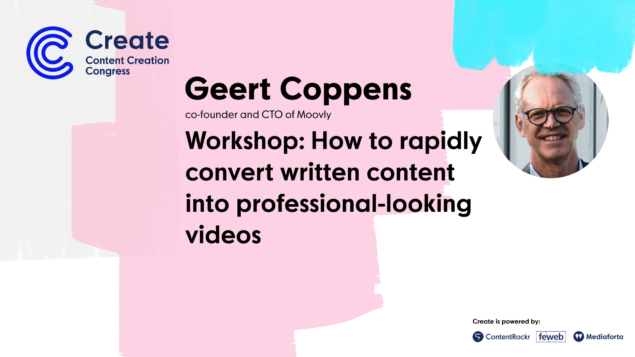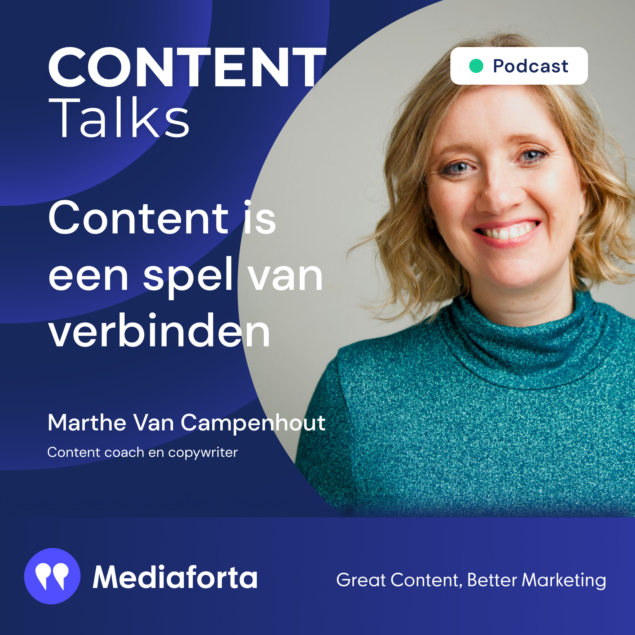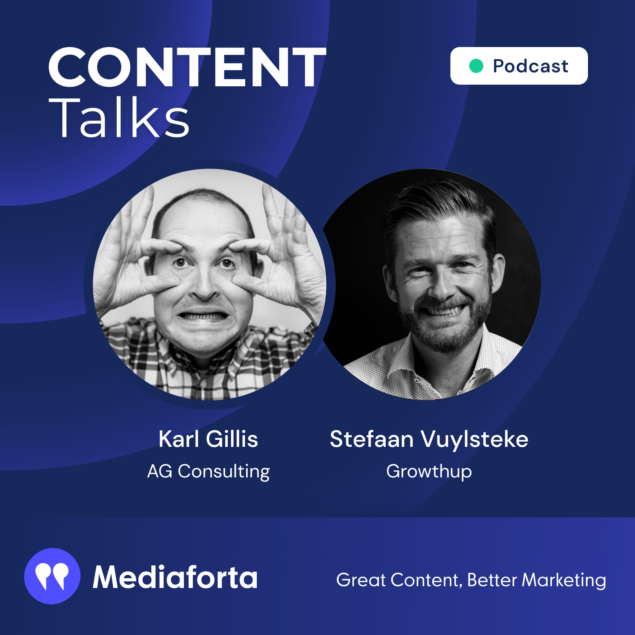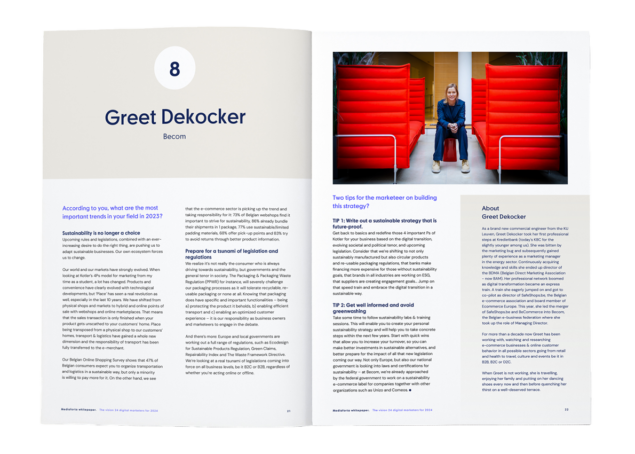- Contentproductie
How to create a winning b2b paid social media strategy
Paid social media is when you leverage your marketing content on social media platform(s) through sponsorships and promotions targeting a specific audience. This allows your business to capture the attention of your offerings to customers, who generally spend time on particular platforms.
80% of B2B interactions are expected to take place via digital channels, and over 62% of buyers only finalise their purchase solely on digital content. This article will dive into how you can create the ultimate paid B2B social media strategy.
Conquer your goals with set objectives
Narrowing down the objectives before you go out on a spending spree on ads is vital to reaching your end goal. Some of the main goals beyond brand awareness in B2B content marketing are:
- Building trust & credibility – 81%
- Educating audience – 80%
- Driving attendance to events – 60%
(Source: https://contentmarketinginstitute.com/articles/content-marketing-goals-matter-business)
Let’s dive into how paid social media marketing can help address the above goals.
Building trust & credibility
Sponsored posts amplify your business to people who are unaware you exist; why not use existing testimonials, reviews, accolades and your strategic partnerships to build trust towards new customers, reiterating your credibility.

Educating your audience
To further cement your business’s credibility, educate your audience through your content. This can be through blogs, whitepapers, and case studies, highlighting customer pains; this can show the need for your business and easily convert readers to qualified prospects. (Read more on using Budget, Authority, Need, and Timeline to qualify prospects)
Drive attendance to events
The pandemic saw a massive spike in virtual events and many attendees have plateaued with overwhelming invites and meetings. Creating curated demand-gen content for your audience can drive attendance; e.g through sponsored LinkedIn InMails, including complimentary solution assessments and 1-to-1 post-event sessions. Additionally, it has been noted that in-person events and meetings are expected to reach pre-pandemic levels, so it’s worth considering trade conferences with heavy foot traffic.
Know and target your audience
The benefit of paid social media is that your business can target a specific audience, and you can add filters to narrow down the decision-makers from their job titles, and locations to company sizes. Build a buyer persona for your ideal customer which will help tailor your social plan to give prospective customers a more personalised experience, especially if your business caters to multiple verticals across various industries.
Further, adopt a ‘human’ social media strategy when interacting on platforms as it will show your business is real and helps you form a genuine connection with your audience, eventually translating to higher engagement rates. A win win!
Find the right social media platform (that works for you)
Picking the right platform is crucial, and usually, finding one that provides the best reach for brand messaging should be the one you invest in. Below are some determining factors marketers consider when engaging in paid social media.



LinkedIn is the poster child for B2B marketing! Over 97% of marketers use the platform with 9 out of 10 business decision-makers consuming at least an hour of engaging content on the platform. Over 79% of businesses have gained results from their paid social activities.
When building a LinkedIn ads strategy, consider boosted posts on your page and sponsored content. Research shows that boosted posts gained more impressions and a higher clickthrough rate, and is much more cost-effective.
With sponsored ads you have the option to run an ad campaign for the set period of time, choose your ad format, placement and the ability to add a Call-To-Action button (Guide to creating a business LinkedIn page).
Coming in 2nd is Facebook, with 69% of marketers using the platform, outranking Twitter and Instagram. Consider using multiple channels that are relevant to the content or audience you are trying to promote. E.g., Let’s say you are a tech consultancy, you might want to invest and promote B2B content for customers on LinkedIn but also invest in Instagram ads to promote and capture more graduate talent to recruit. The key to knowing what channel to use is the audience you intend to distribute material to.
It’s best to have one or two key social media networks (unless you have a larger following) so it won’t dilute your reach. Below is an intro of what each network is best at:
- Linkedin – The industry’s best B2B network for engagement, thought leadership content, & recruitment.
- Facebook – B2B marketing is more prevalent towards ‘employer of choice’ content. However, a very powerful B2B tool in LatAm markets.
- Twitter – A platform geared towards more frequent interactions between customers, and a great source for current trends.
- Instagram – The best platform for visual-oriented content and to promote business culture.
Budget your social media spend
What’s great about paid social media advertising is that it is the least expensive in comparison to other padi traditional and digital channels. According to the 20-21 CMO report, a general benchmark for B2B marketing budgets should be around 9.5% of your organisation’s revenue, which is a rise from the pandemic’s prudent 6% market allocation.
Expect to allocate around 15% to 20% of the marketing budget for social media spend ads spend. During the pandemic’s peak, B2B companies spent around 23% and in the last 6 months spending rose incrementally from 15 to 15.5% and is set to match pre-pandemic level soon. Gartner’s 2022 report showed the resource allocation for social media to be similar to the previous year in terms of labour and technology (such as content management tools, intent signals, CRM & automation) but has a slight increase in paid media and agency services.

Measure your campaigns using analytics
Almost all marketers (94%) use analytics to measure the performance of their marketing campaigns, it’s a great way to optimise the return on investment (ROI).
Use metrics such as impressions, response times, engagement rates, conversions, etc. to allow a better translation of your ROI. However, make sure you identify your metrics based on your campaign goal.
If you’re looking for brand awareness focus on;
- Clicks – number of clicks on the ad link
- Impressions – focuses on the number of times people saw your ad
But if your campaign is to drive leads, focus on;
- Leads
- Conversion rates
- Cost per lead
Additionally, use resources such Semrush to optimise keywords used in your campaign, and take into account quantitative metrics such as reviews and recommendations to gather a balanced view of your social media.

Zo betrek je al je werknemers bij contentmarketing
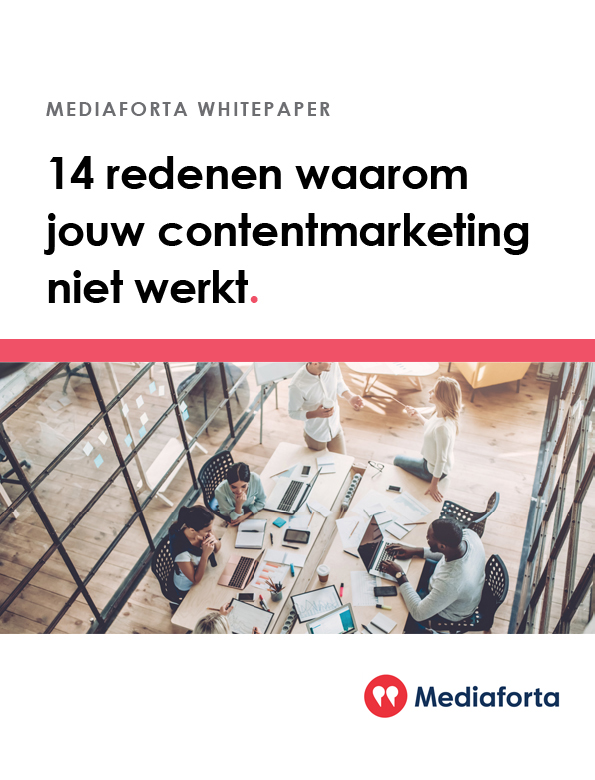
14 redenen waarom jouw contentmarketing niet werkt
Heb je weinig of zwakke leads, weinig bezoekers, weinig clicks? We sommen in deze whitepaper 14 redenen op waardoor het fout kan lopen en geven tips hoe je dit kan vermijden.
